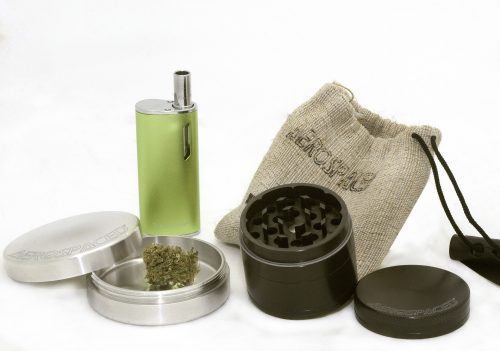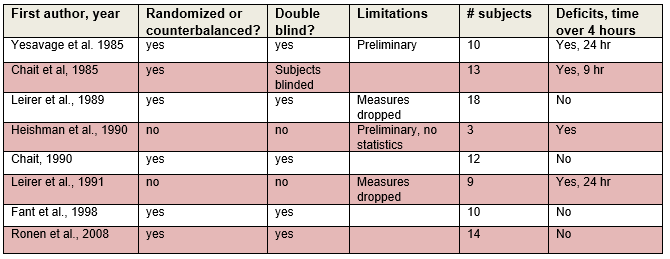Some time ago there was an anthropologist who lived amongst a North American tribe. He noticed that from time to time the tribe would meet in a circle. They talked and talked and talked –for what seemed like no purpose at all. There was no leader and no agenda. No decisions were made. Although tribe members tended to listen to the elders a bit more – wise men and women- everybody in the circle participated as equals. The meeting went on until it stopped and the group dispersed. The anthropologist didn’t understand until one day the tribe was challenged. What he observed was remarkable. Everybody understood each other so well that they knew what to do. There was no crisis. They could easily move towards action having recognized the beliefs, values and perspectives that reside inside their community. -David Bohm, On Dialogue
We know that strong communities make for healthier citizens. And when our communities nurture human connections, we are better able to face social challenges. But in our day and age, we have stopped investing in community understanding. Polarizations exist and we have stopped talking to each other. Competitiveness and self-interest have made it difficult to truly hear each other. We find it hard to deal with divergent opinion or contested evidence. As a result, our conversations tend to mimic our civic life of disconnection.
So, how do communities build strength and resilience, especially in light of upcoming cannabis policy changes?
Dialogue is a way to create trust and explore new possibilities for a community. It is deeply needed in our divided world. Addressing complex issues such as cannabis legalization requires that we come together as a community and build understanding. Similar to the members of the tribe, we need opportunities to talk with each other in safe environments and create connection. Few of us ever take the opportunity to engage respectfully with people who hold different views. Our social networks are generally made up of people who share our beliefs. Yet when we engage with people who are different from us, we get to see another side of the human story. Even if we do not wholly agree with the new perspective, listening openly and empathically expands our understanding.
What exactly is dialogue?
Ironically, dialogue is more about listening than talking. The sort of listening that is important in dialogue demands our empathy and our genuine curiosity about the experiences of other people—including their assumptions, beliefs and values. When people feel listened to, they also feel validated and respected. The experience of being listened to empathically widens our minds and opens our hearts—and prepares us to listen appreciatively to others with the same kind of engagement and respect, even to people with radically different experiences and points of view.
Unlike other forms of public communication (for example, debates or negotiations), dialogue is not meant to lead immediately to agreement or action. Instead, the hope is that we will come away from dialogue with a new understanding of the subject, of each other and of ourselves. This new understanding enables us to work together more effectively as community members. As a result, our communities become more flexible, and better able to respond to challenges. And as individuals and communities, we develop a greater sense of control over our own lives and well-being.
Dialogue is more than a process or methodology—it is a way of being. It is an art that requires reflective practice. It is the skill of connecting and building bridges between individuals with different views, especially in times of change.
What does dialogue about cannabis look like?
Communities across Canada have expressed divergent opinions and concerns about legalized cannabis. A national partnership was formed to help communities create spaces where people can come together and build understanding of each other, of themselves and of the subject.
Communities are doing everything from conversation cafés to photo voice to walking tours to spark the dialogue about cannabis. With a focus on questions rather than answers, participants are moving towards a deeper space of inquiry together. Dialogue encourages us to be creative and move away from typical large-scale forums that privilege “expert” opinion. While providing information is important, the real challenge is to level the playing field and maximize opportunities for community members to interact, exchange views and acknowledge each other’s values, beliefs and assumptions. Opportunities like this might start to address some of the polarizations we see today and also create a foundation for communities to start working together instead of apart.
Endnote:
Let’s Talk Cannabis is led by the Canadian Institute for Substance Use Research. The partnership includes the Canadian Centre on Substance Use and Addiction, the British Columbia Ministry of Health, Alberta Health Services, the Saskatchewan Ministry of Health, the Thunderbird Partnership Foundation, and the Newfoundland and Labrador Department of Health and Community Service. Due to the difference from other forms of communication, resources were developed to aid communities in understanding and facilitating dialogue.
Kristina Jenei, coordinator, Let’s talk Cannabis project
**Please note that the material presented here does not necessarily imply endorsement or agreement by individuals at the Canadian Institute for Substance Use Research.





